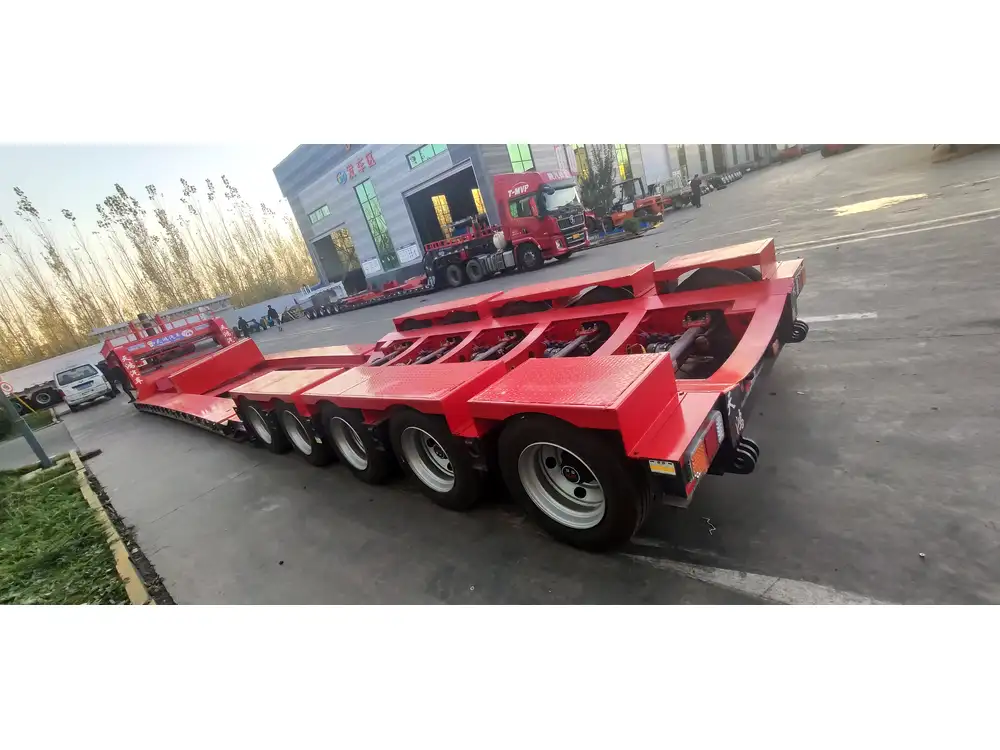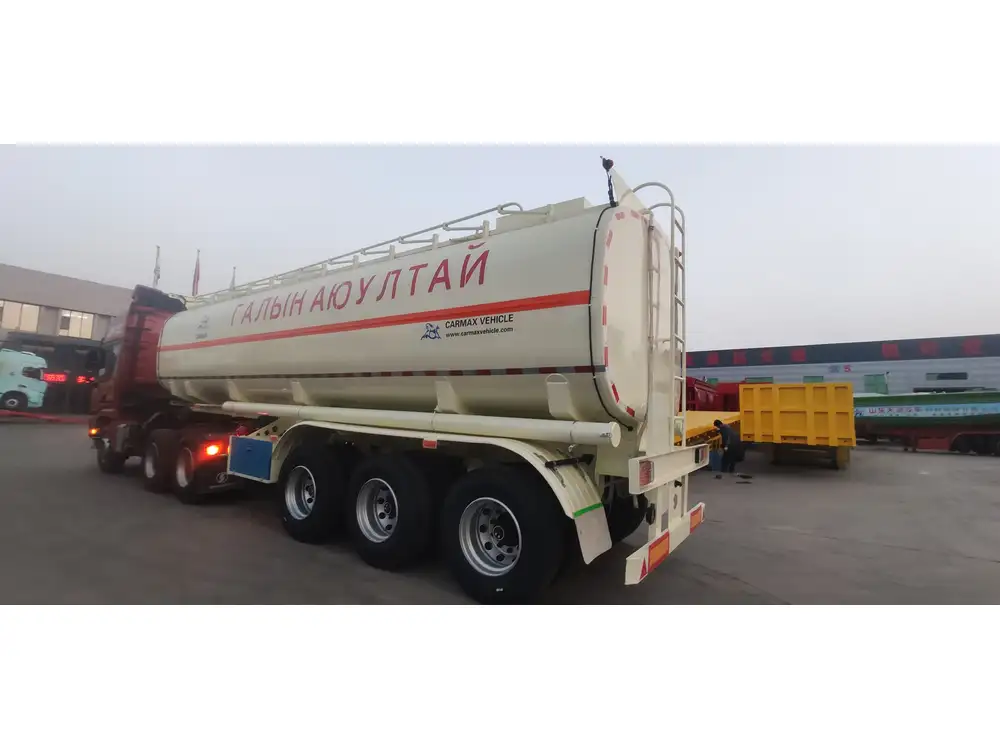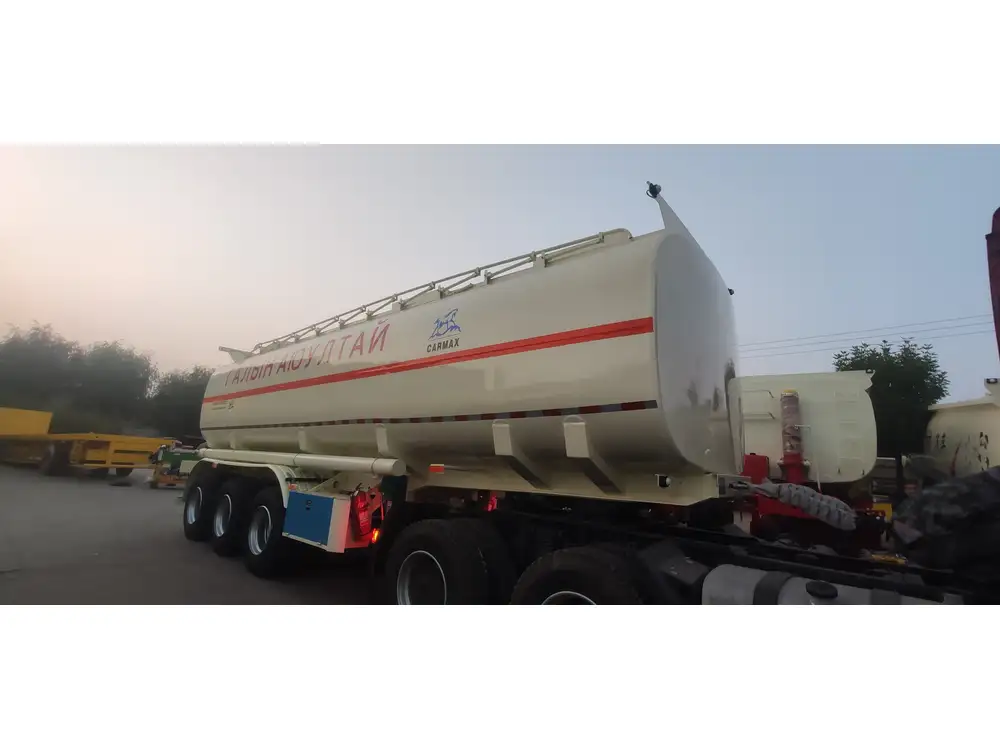Navigating the complexities of backing a semi-trailer can be daunting for both novice and experienced drivers alike. Whether you’re new to the world of trucking or seeking to refine your existing skills, developing proficiency in this essential maneuver is crucial for your safety and efficiency on the road. This comprehensive guide will delve into effective techniques, valuable tips, and important considerations to help you become adept at backing a semi-trailer.
Understanding the Basics of Backing a Semi-Trailer
1. The Importance of Sight Lines
One of the cornerstones of safely backing a semi-trailer is understanding and utilizing sight lines. The driver must be keenly aware of their surroundings and maintain an effective perspective during the maneuver.
- Mirrors Usage: Ensure that both side mirrors are properly positioned. Adjust for maximum visibility of the area behind and alongside the trailer.
- The S-Curve: Visualize the trajectory of the trailer as it moves. Understanding how the trailer will swing and pivot is vital for accurate positioning.

2. The Fundamental Techniques
A. Straight Line Backing
- Positioning: Start by aligning your truck and trailer with the desired backing path.
- Slow and Steady: Shift into reverse and move slowly, keeping your eyes on the mirrors. A slow pace allows for better control and decision-making.
- Small Adjustments: Use small steering inputs to keep the trailer straight. Overcorrecting can lead to unexpected swings and potential collisions.
B. Turning the Trailer
- Initiating Turn: Begin by turning the wheel in the direction you want the trailer to go. For instance, if you want the back of the trailer to move left, turn the wheel to the left.
- Exiting Turn: As the trailer starts to follow, gradually straighten the wheel. Anticipate the right moment to realign the truck with the trailer.
- Monitor Progress: Continuously check your mirrors to maintain an aware perspective of the trailer’s positioning relative to surrounding obstacles.

3. Common Mistakes to Avoid
To enhance your backing skills, it’s essential to recognize and avoid prevalent mistakes that can hinder performance.
| Mistake | Description | Consequence |
|---|---|---|
| Over-Correcting | Making abrupt steering adjustments. | Loss of control, potential collisions. |
| Ignoring Blind Spots | Failing to check all angles. | Risk of accidents involving pedestrians or obstacles. |
| Excessive Speed | Backing too quickly without caution. | Inability to react to unforeseen circumstances. |
Tips for Effective Backing
1. Plan Your Route
Before starting the backing maneuver, take a moment to survey the space available. Visualize the method you will use and adapt your approach based on any obstacles or barriers.
- Identify Obstacles: Look for other vehicles, curbs, or any potential hazards in the vicinity.
- Consider the Space: Ensure that the area is wide enough for the maneuver, allowing for room to adjust if necessary.

2. Utilize Technology
Modern semi-truck equipment often includes various technological aids designed to assist drivers during backing maneuvers.
- Backup Cameras: These devices offer real-time video feeds to enhance visibility and inhibit blind spots.
- Proximity Sensors: Alerts sound when an object is too close, helping avoid collisions.
3. Practice Makes Perfect
Consistent practice is the mainstay of developing any skill, especially when it comes to backing a semi-trailer.
- Safe Spaces for Practice: Utilize parking lots or designated training areas free from disturbances.
- Repetition: Engage in various backing scenarios—straight lines, tight corners, and parallel parking to build confidence and adaptability.
Overcoming the Psychological Barriers
Backing a semi-trailer also involves mental preparation and confidence-building.

1. Recognize Anxiety Triggers
For many drivers, the prospect of backing can invoke anxiety. Identifying the triggers can provide an avenue to mitigate those feelings.
- Fear of Hitting Objects
- Concerns Over Visibility
- Time Constraints
2. Slow Down and Breathe
Ingraining a methodical approach can help alleviate pressure. Taking deep breaths and focusing on each step of the process can improve concentration while reducing anxiety.
3. Visualization Techniques
Before executing the maneuver, visualize the process in your mind. Imagine successfully backing in different situations, as this mental rehearsal can foster confidence and predictability.

Situational Awareness: Assessing Environment Changes
1. Night and Weather Conditions
Adverse conditions can significantly impact your ability to back a semi-trailer.
| Condition | Challenges | Suggested Adaptations |
|---|---|---|
| Night Driving | Reduced visibility. | Utilize reflective markers; improve light sources. |
| Rain or Snow | Slippery surfaces; poor traction. | Engage low gears; perform slower maneuvers. |
| Congested Areas | Increased likelihood of pedestrian or vehicle interruptions. | Heightened awareness; utilize spotters if available. |
2. Dealing with Distractions
External distractions can divert attention away from the task at hand, increasing the risk of accidents.
- Avoid Distractions: Keep the cab free of clutter and unnecessary noise.
- Communicate: If possible, enlist the help of a ground guide for additional oversight.

Advanced Backing Techniques
As you become more confident, consider exploring advanced techniques to enhance your backing proficiency.
1. Off-Set Backing
This technique is useful in situations where space is limited.
- Beginning Position: Start further from the target area.
- Angle Adjustment: Adjust the angle of the trailer as you begin to back while aligning it with the designated area.
2. Blind Side Backing
Backing on the non-dominant side can present natural challenges.
- Utilization of Mirrors: Pay particular attention to how mirrors serve to guide your movement.
- Adjustments: Make frequent, small adjustments to ensure accuracy.

3. Parallel Parking a Semi-Trailer
Parallel parking is a sophisticated maneuver, requiring a high level of skill.
- Initiate the Maneuver: Use a spot that is at least one and a half times the length of your trailer.
- Angle and Adjust: Execute an initial turn to angle the trailer into the spot, then follow through with adjustments to align the cab appropriately.
Safety Considerations
The importance of safety when backing a semi-trailer cannot be overstated. Here are some safety protocols to adopt:
1. Pre-Maneuver Checklist
- Check the Trailer Connection: Ensure that everything is secure before commencing any driving.
- Review Vehicle Instruments: Confirm that all systems are operating correctly.

2. Utilizing Spotters
In complex backing scenarios, having a trained individual outside of the vehicle assist as a spotter can add a layer of safety. They can guide you through tight spaces and prevent unseen hazards.
3. Continuous Learning
Keeping abreast of the latest training methods and safety protocols can ensure that you are continually refining your backing skills.
Conclusion: Becoming a Proficient Semi-Trailer Driver
Mastering the art of backing a semi-trailer encompasses various dimensions of skill—the technical, psychological, and situational awareness. As you bolster your abilities, remember to integrate technology, practice regularly, and adopt a safety-first mindset.
Knowledge, patience, and diligence are pivotal as you progress. With consistent dedication to improving your backing techniques, you’ll not only enhance your performance on the road but also contribute significantly to overall safety within the trucking industry. Harnessing these strategies can turn backing a semi-trailer from a daunting task into a seemingly effortless endeavor, setting you apart as a proficient driver in an ever-competitive field. As you embark on this journey, embrace each challenge as an opportunity for growth and skill enhancement.



